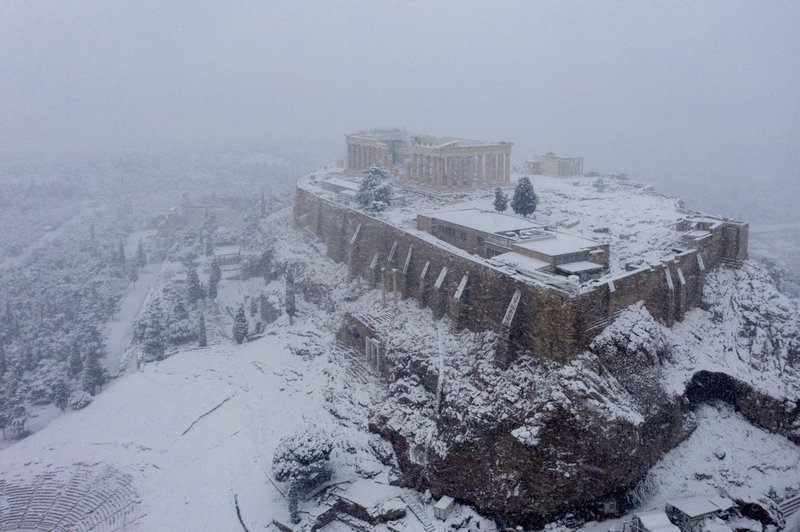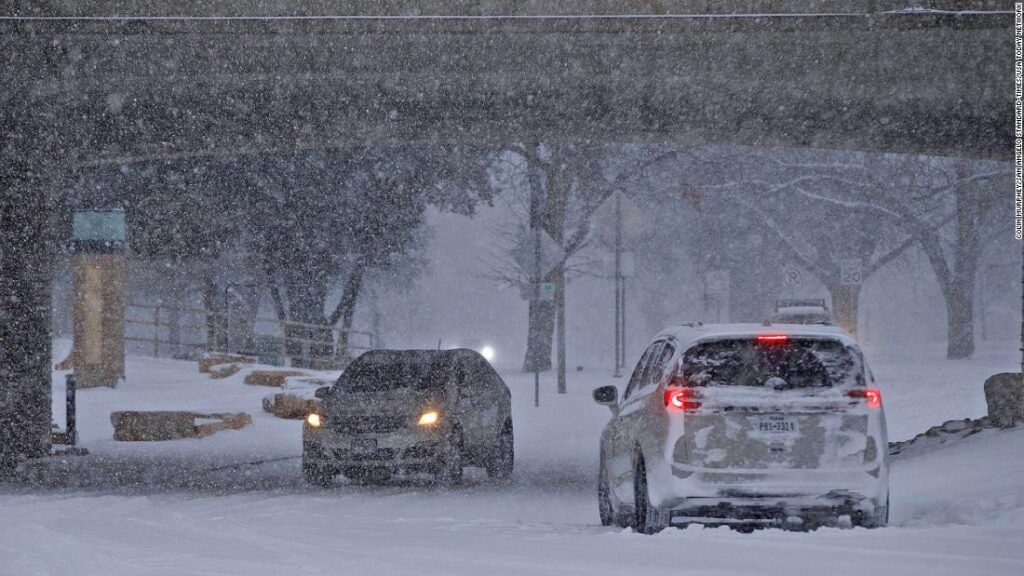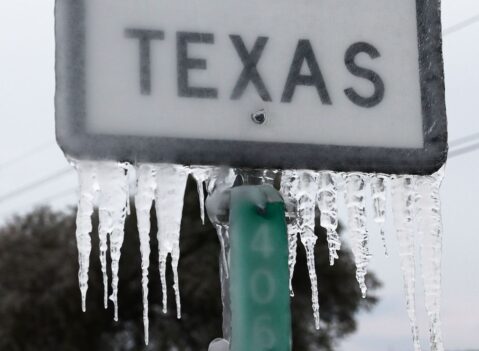In the past week, Texas, the United States, has been hit by a blizzard, causing power outages for more than 4 million households and more than 14.9 million people without water, causing global concern.
At the same time, many parts of southern Europe and Greece have been hit by rare heavy snow, water and electricity, and schools closed.

Why Blizzards Surprised Greece, known for its deserts, hot suns, and Greece in the Gulf of sunshine.
In fact, there are many reasons for “madness” weather. There are three major factors worth analyzing this year’s focus on the blizzard in the south.
Where does the cold air come from?
We often hear the saying “cold air from Siberia”. In fact, Siberia is not the hometown of cold air, but the “transit station” and “gas station” of cold air. The real cold source is the polar.
The earth receives different solar radiation at different latitudes, with the polar receiving the least heat and the highest equator.
This results in low surface temperature and high pressure in the polar regions, high surface temperature and low pressure in the equator.
Correspondingly, a low pressure occurs at the polar high altitude, that is, the stratosphere, resulting in the formation of a polar vortex, or pole vortex for short.
Every winter, under normal circumstances, the polar vortex of the stratosphere is surrounded by a strong westerly wind, and the extremely cold air is wrapped in the polar region like wearing a tight ring.
At this time, our climate is normal and the temperature fluctuations are relatively small.
However, in abnormal cases, the stratospheric polar vortex will be disturbed, deformed or collapsed, just like the tight spell that confines cold air is broken by the stratosphere.
Its effect is transmitted downwards, which will force the cold air in the troposphere polar region to spread south on a large scale, and the cold wave will break out and the impact will begin to expand.
Who broke the tight spell of confining cold air?
It is well known that the weather-affected factor occurs at the bottom of the atmosphere, which is about 10 kilometers thick in the troposphere. And the stratosphere changes that even civil aircraft can’t fly sometimes interact with the troposphere, which affects our weather.
From late 2020 to early 2021, the stratosphere over the Arctic has abnormal movements, which is a typical “stratospheric explosion and warming”. Stratospheric burst warming is caused by the propagation of atmospheric fluctuations in the lowerosphere to the stratosphere under certain favorable conditions, which affects the circulation of the stratosphere.
The animation shows the temperature change of about 30 kilometers, that is, 10hPa, in the middle stratosphere. We can see the temperature in the Arctic polar region rising rapidly.
The polar region temperature was about -62°C on December 31, 2020, and suddenly rose to -22°C on January 4, 2021, and the polar stratosphere temperature rose by 40 °C in just five days. The abnormal warming of the polar stratosphere weakens or turns clockwise with the powerful westerly wind circulation rotating counterclockwise in the stratosphere, thus breaking the equilibrium.
The effects of stratospheric warming from brewing, development to outbreak usually take about two weeks to start affecting the troposphere and continue to affect the troposphere climate for the next month or so.
However, strong stratospheric explosion heating does not occur every year, and each occurrence does not always affect the weather and climate of the same region. This year, it happens to affect Europe and the United States.
Why did the cold wave affect North American blizzards surprise Texas and Athens?
First of all, this cold wave is headed south by the pole vortex in person, so both the cooling ability and the scope of influence are kings.
In the past ten days, Europe and North America have become the most obvious areas with low temperatures in the northern hemisphere, and many areas are below 10 °C.
Secondly, the influence of topographic factors. In the process of moving southward by cold air, if the terrain is relatively flat and smooth, the speed will naturally be fast, the consumption will be less, and vice versa.
Therefore, cold air in the ocean and plains is less hindered; mountains hinder the progress of cold air. The western part of the United States is mountainous and the central plains.
This time, the cold air runs east of the Rocky Mountains and from the Central Plains all the way south, without any obstruction to the Gulf of Mexico. When the cold wave arrives at the same time, the warm and humid air flow from the Gulf of Mexico reaches the area simultaneously.
The cold wave dominates the combination of warm and humid air, causing a wide range of snowy weather in the area and causing extremely serious effects.

With the increasing trend of global warming, extreme weather and climate events continue unabated.
When North America and Europe are extremely cold, February in China is surprisingly warm.
North China, Huanghuai and other places have broken through the record of the highest temperature in February.
In the future, we may face hotter summers, more violent convection, and more frequent winter cold wave effects.



